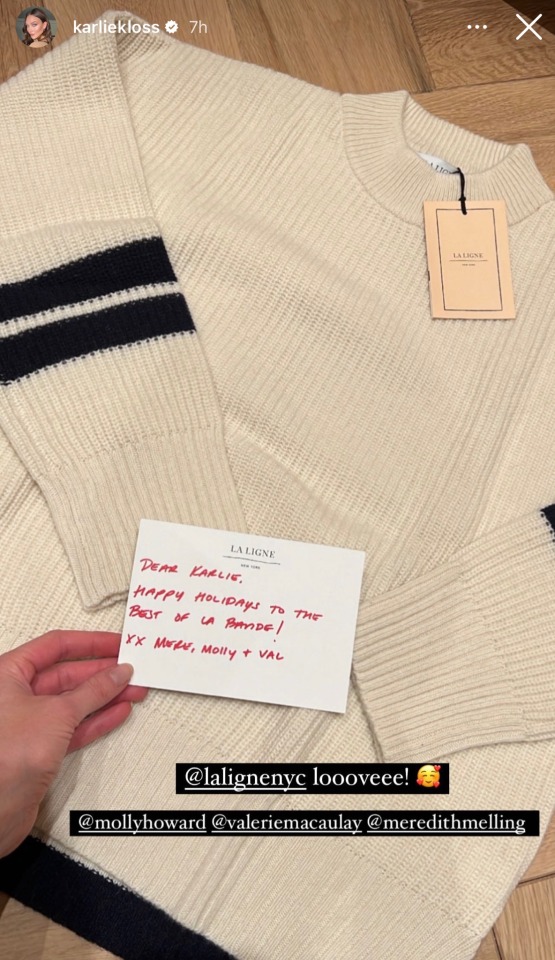#business model
Text






You can't control what you believe. It just kinda happens.
GMM2572
Oldest vs. Newest Italian Restaurant Taste Test
#gmm#gmm 2572#link neal#link avec specs#ocean blues#his eyes are breathtaking#scruffy daddy#business model#not a sponsor#he could sell me anything#blue-tiful boy#🩵🩵🩵#my edit
26 notes
·
View notes
Text

#james yates#yatesy17#blonde#hot#stud#suit and tie#formal wear#men in suits#business model#model#male model#gif#gifs
94 notes
·
View notes
Photo

Adorkable Twilight & Friends - “Business Model”
https://www.patreon.com/adorkabletwilightandfriends
https://twitter.com/AdorkableTwili1
http://adorkabletwilightandfriends.wikia.com
http://adorkabletwixfriends.deviantart.com
#Business Model#adorkable twilight & friends#adorkable friends#adorkable#lotus and aloe#aloe#lotus#spa#spa sisters#bulk biceps#spike#comic#book#unhappy#angry#happy ending
111 notes
·
View notes
Text
Business Model for
Stellar Charm:
Target Market: The target market for Stellar Charm will
be primarily young adults and teenagers
who are interested in strategy-based card games. The game will also appeal to astronomy enthusiasts and fans of fantasy and mythology.
Revenue Streams:
The primary source of revenue for Stellar Charm will be the sales of the game itself.
In addition, the game can generate revenue through expansion packs, limited edition cards, and merchandise such as t-shirts, posters, and figurines.
Distribution Channels: Stellar Charm will be sold through various distribution channels such as online marketplaces like Amazon and Etsy, as well as through brick and mortar stores specializing in board games and card games. The game will also be available for purchase directly from the company's website.
Marketing and Advertising: To reach the target market, Stellar Charm will utilize a mix of
digital and traditional marketing strategies. This will include
social media marketing, influencer partnerships, targeted online ads, and participation in gaming conventions and events. The game will also have a strong presence on popular gaming forums and communities.
Production and Manufacturing: The game will be produced and manufactured in-house to maintain quality control and minimize production costs. This will also allow for faster turnaround time for new expansions and updates.
Pricing Strategy: The price of the base game will be set at a competitive rate to attract customers. Expansion packs and limited edition cards will be priced slightly higher to appeal
to collectors and enthusiasts. Discounts and promotions will also be offered periodically to encourage sales.
Customer Support: Stellar Charm will have a dedicated customer support team to handle any queries or concerns from customers. This will ensure a positive customer experience
and help build brand loyalty.
Partnerships and Collaborations: In
order to increase brand awareness and reach a wider audience, Stellar Charm will collaborate with other popular games and brands. This can include cross-promotion, co-branded products, and special events.
Cost Structure: The main costs involved in running the business will include production and manufacturing
costs, marketing and advertising expenses, and operational
expenses such as rent, utilities, and salaries. The company will also invest in research
and development to continuously improve the game and create new expansions.
Future Plans: As the game gains popularity, the company can consider developing a digital version of Stellar Charm for mobile or computer platforms. This can open up new revenue streams and reach a larger audience. The company may also consider licensing the game to other countries to expand its market reach.
Play style
Card Name and Type: This feature displays the name of the battle card and its type, such as "Stellar Charm - Magical" or "Stellar Charm - Elemental". This helps the player identify the card and its category, which can be useful in planning their strategy.
Element: The
element of the card
is represented by a symbol or color and is crucial in determining its strengths and weaknesses. For example, a water element card
may be strong against fire but weak against lightning. The player must keep this in mind when using the card in battles.
Attack Points: This feature displays the attack points of the card, which represents its offensive power. The higher the attack points, the stronger the card's attack will be. The player can use this information to strategically choose when to use the card in battle.
Defense Points: The defense points of the card represent its defensive capabilities. The higher the defense points, the better the card can withstand attacks from the opponent. The player can use this feature to strategically defend against the opponent's attacks.
Special Ability: Some battle cards may have a special ability that can be activated during battle. This feature will describe the special ability, such as "Healing Aura" or "Double Attack",
and how it can be used in battle. The player must carefully consider when to use the special ability to gain an advantage over their opponent.
Fusion Requirements: The fusion requirements feature displays the elements or types of cards needed to fuse with the Stellar Charm card to create a more powerful card. This adds a layer of strategy to the game as the player must strategically choose which cards to fuse with the Stellar Charm card to create
the most advantageous outcome.
Lore: The lore of
the card provides a background story or description of the
card, which can help
the player understand the card's role in the game. This feature can also add an element of immersion and depth to the game, making it more engaging for the player.
The game would be called "Constellation Clash" and it would be a two-player strategy battle card game. The objective of the game would be to collect and control the most constellations by the end of the game.
Card Types:
Constellation Cards
These cards represent the 88 constellations and each one has its own unique abilities and strengths.
Zodiac Cards - These cards represent the
12 zodiac signs and
can be used to enhance the abilities of constellation cards.
Star Cards - These cards represent individual stars and can be used to boost the power of constellation cards.
Element Cards - These cards represent the four elements (fire, water, air, and earth) and
can be used to counter certain constellation cards.
Action Cards - These
cards have various
effects and can be used
to interrupt or change
the course of the game.
Card Styles:
Basic Cards - These
cards have a simple
design and represent
the less powerful
constellations.
Advanced Cards - These cards have a
more intricate design and represent the more powerful constellations.
Mythical Cards - These cards have a unique design and represent the rare and powerful constellations.
Gameplay:
Set-Up - Each player starts with a deck of 20 constellation cards, 10 zodiac cards, 10 star cards, and 5 element cards. Each player also starts with 5 action cards in their hand. The remaining action cards are placed in a separate deck.
Turn Sequence - The game is played in turns. Each turn, a player can perform the following actions in any order:
Play one constellation card from their hand onto the field.
Play one zodiac or star card from their hand onto the field,
and attach it to a
constellation card
already on the field.
Play one action card
from their hand and
resolve its effect.
Battle Phase - Once both players have finished their turns, a battle phase begins. The player who has the most stars attached to their constellation cards
has the first attack. Each player takes turns attacking and defending until all battles have been resolved.
Battle Rules - During a battle, the attacking player chooses one of their constellation cards to attack with. The defending player
can choose to block
the attack with one of their constellation cards or take the full damage. If the attack is blocked, the defender's constellation card is discarded. If the attack is not blocked, the defender takes damage equal to the difference between the attacking constellation card's power and the defending constellation card's power.
Element Advantage - Certain constellation cards have an advantage over others based on their element. If a constellation card with a higher element attacks a constellation card with a lower element, the attacking card's power is increased by 50%.
Mythical Card Rule
If a player has a mythical card on the field, they can choose to activate its special ability once per turn during the battle phase.
End of Turn - After
the battle phase, the
player can choose to
discard any cards from
their hand and draw new
ones, up to their hand
limit of 5 cards.
End of Game - The game ends when one player has control of at least 10 constellations or when one player runs out of cards in their deck. The player with the most constellations under their control wins the game.
The phases of the game would develop as players strategically play their cards, trying to gain control of the most powerful constellations and using their
zodiac and star cards strategically to enhance their abilities. The game would also require players to carefully manage their resources and choose when to use their action cards for maximum impact. With the mythical cards adding
an extra element of
surprise, every game
would be unique and
challenging.
Zodiac Cards: These are the most powerful and rare cards in the game, representing the 12 zodiac signs. Each Zodiac Card has a unique ability and high attack and defense points.
Star Cards: These cards represent the stars within each constellation and
are the backbone of
any deck. They have
a balanced mix of
attack and defense points and can be used strategically to support other cards.
Mythology Cards: These cards are based
on the ancient stories and myths associated with each constellation. They have powerful abilities that can turn the tide of battle, but are limited in number and should be used sparingly.
Elemental Cards: There are 4 elemental card types in the game - Fire, Water, Earth, and Air, each representing
a different element
from the universe.
These cards have a rock-paper-scissors relationship with each other, with one element being strong against another and weak against the third. They can
be used to counter opponent's cards and add an element of strategy to the game.
Celestial Cards: These cards represent celestial objects such as planets, comets, and galaxies. They have powerful abilities that can affect multiple cards at once, but are also limited in number and should be used strategically.
Constellation Cards: These cards represent the constellations themselves and have a unique ability that can only be activated when
a player has a certain number of cards from the same constellation in their hand.
Support Cards:
These cards do not
have any attack or defense points, but instead, provide support to other cards in a player's hand. They
can boost attack or defense points, provide additional abilities, or even revive defeated cards.
Card Styles:
Standard Cards: These cards have a simple design with the constellation name and image on the front and the card type and stats on the back.
Foil Cards: These
are rare and valuable versions of the standard cards, with a metallic sheen and enhanced artwork.
Holographic Cards: These cards have a holographic design that changes depending on the angle they are viewed from. They are highly sought after by collectors.
Legendary Cards: These are the most powerful and rare cards in the game, with unique artwork and abilities. They are highly coveted and can only be obtained through special events or by trading with other players.
Promo Cards: These limited edition cards are only available through special promotions, such as tournaments or special edition sets.
Prism Cards: These cards have a prism design that creates a rainbow effect when viewed under light. They are highly prized by players for their unique design.
Cosmic Cards: These cards have a cosmic design, with images of galaxies, stars, and other celestial objects. They are considered the most visually stunning cards in the game.
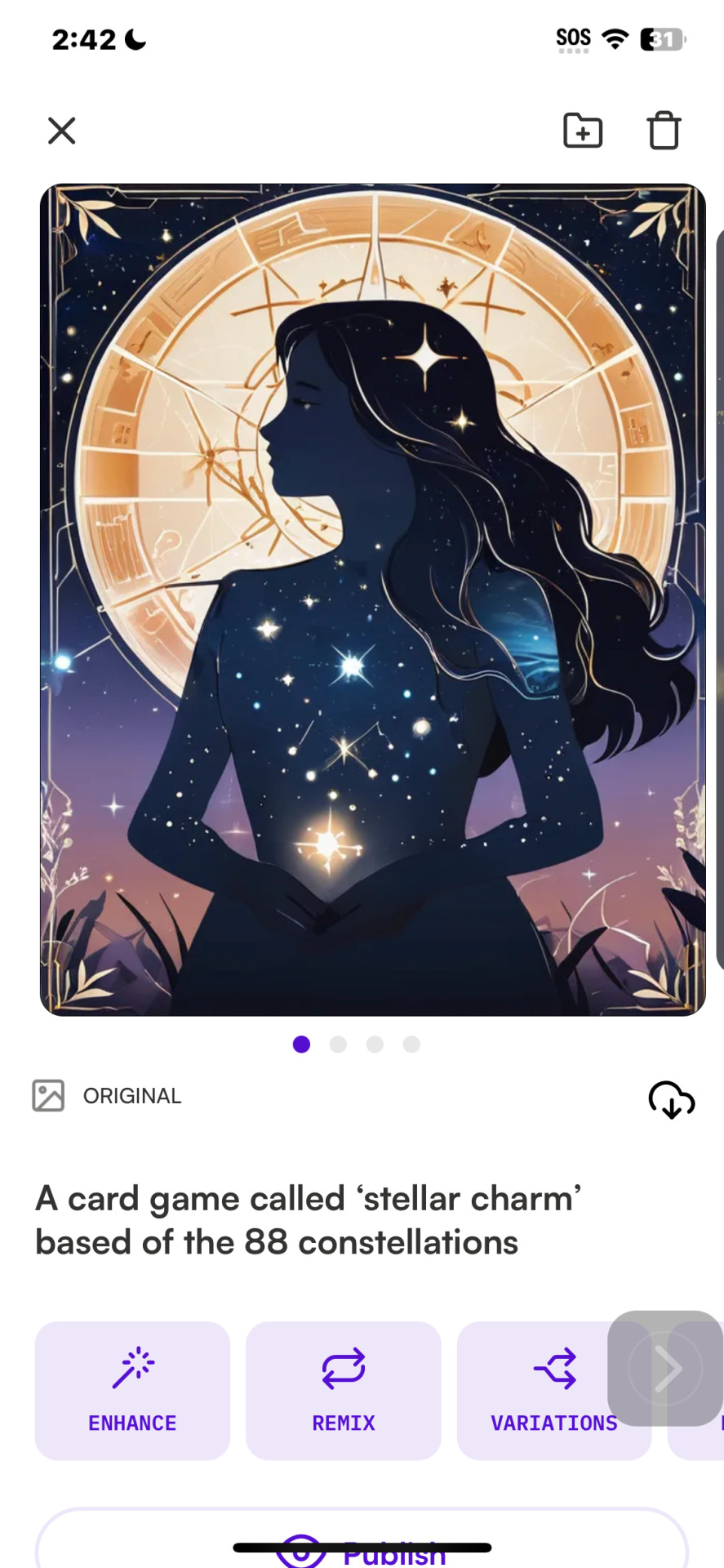

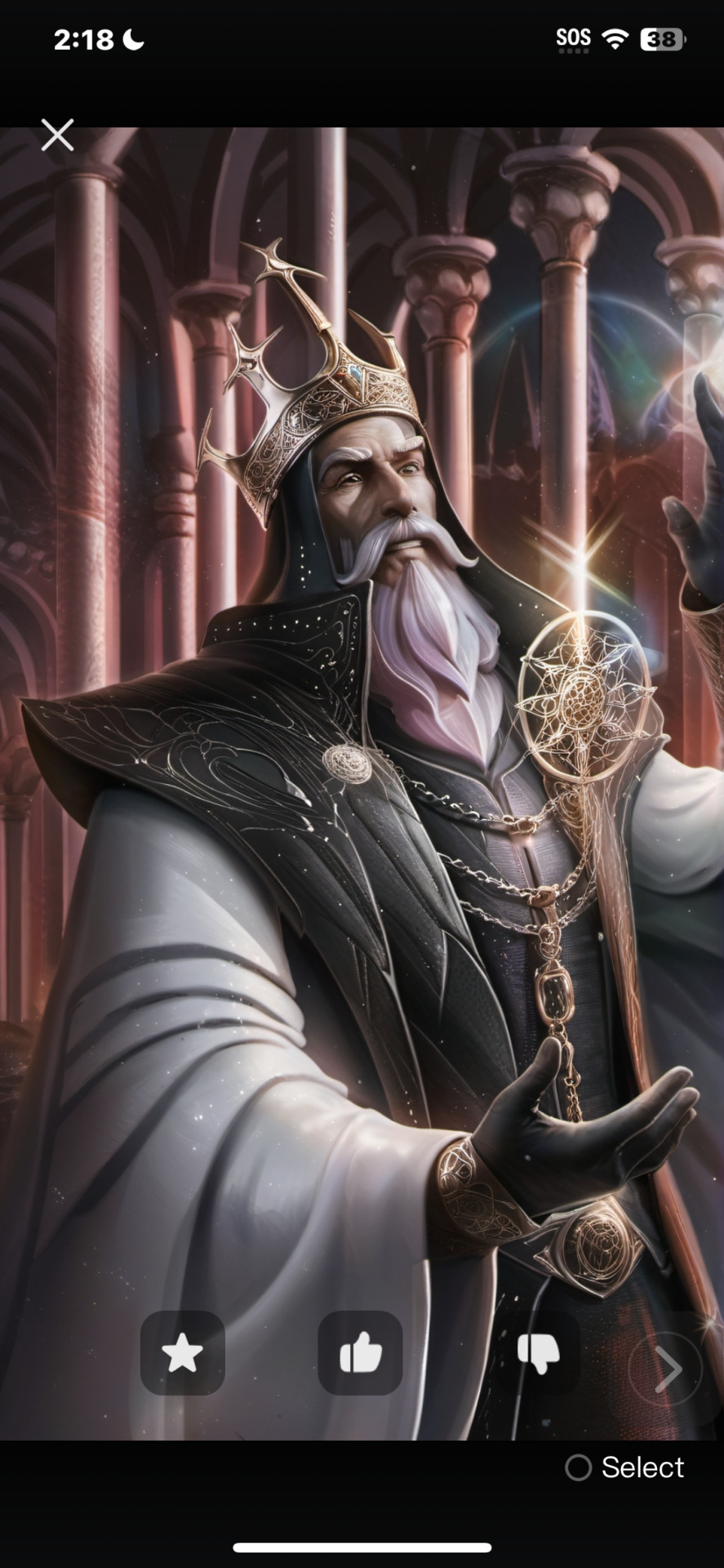
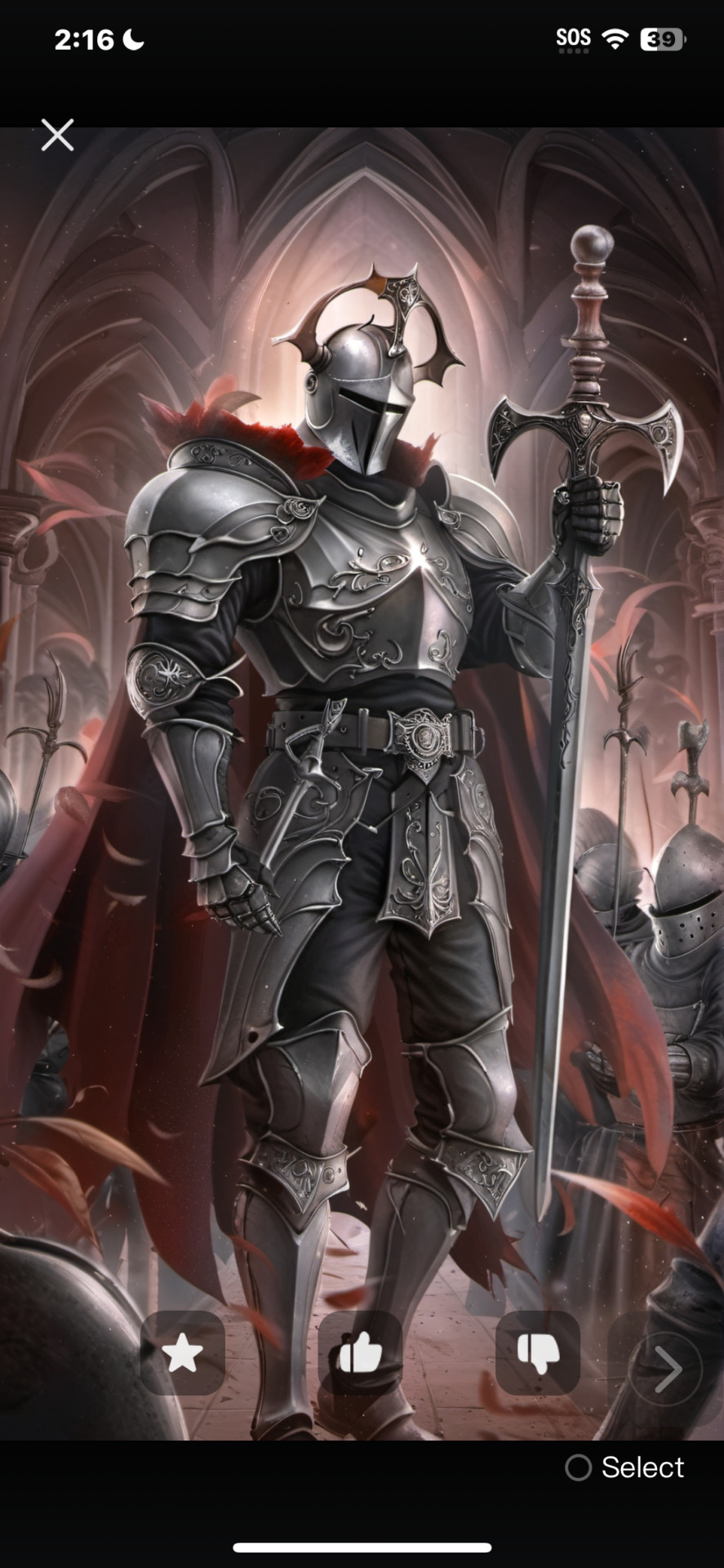


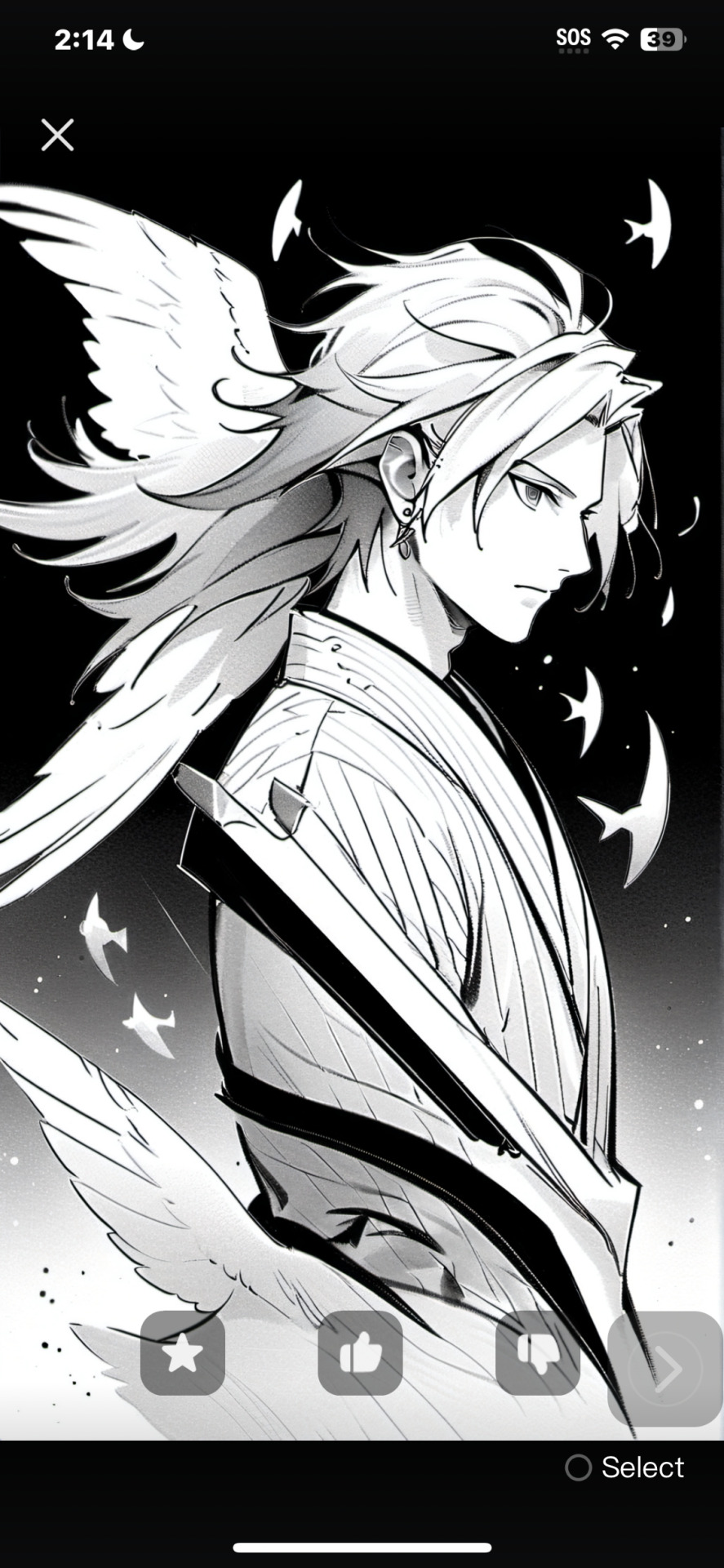
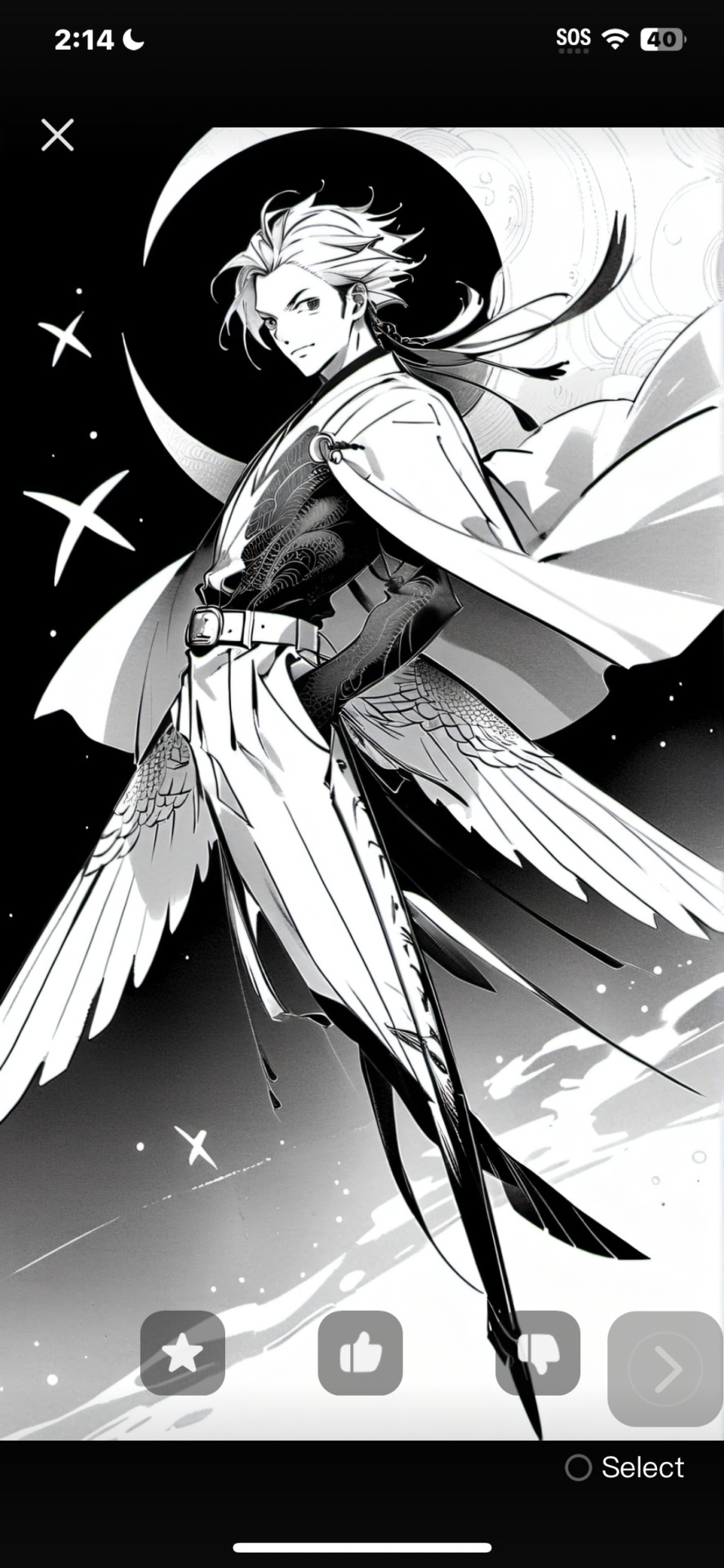















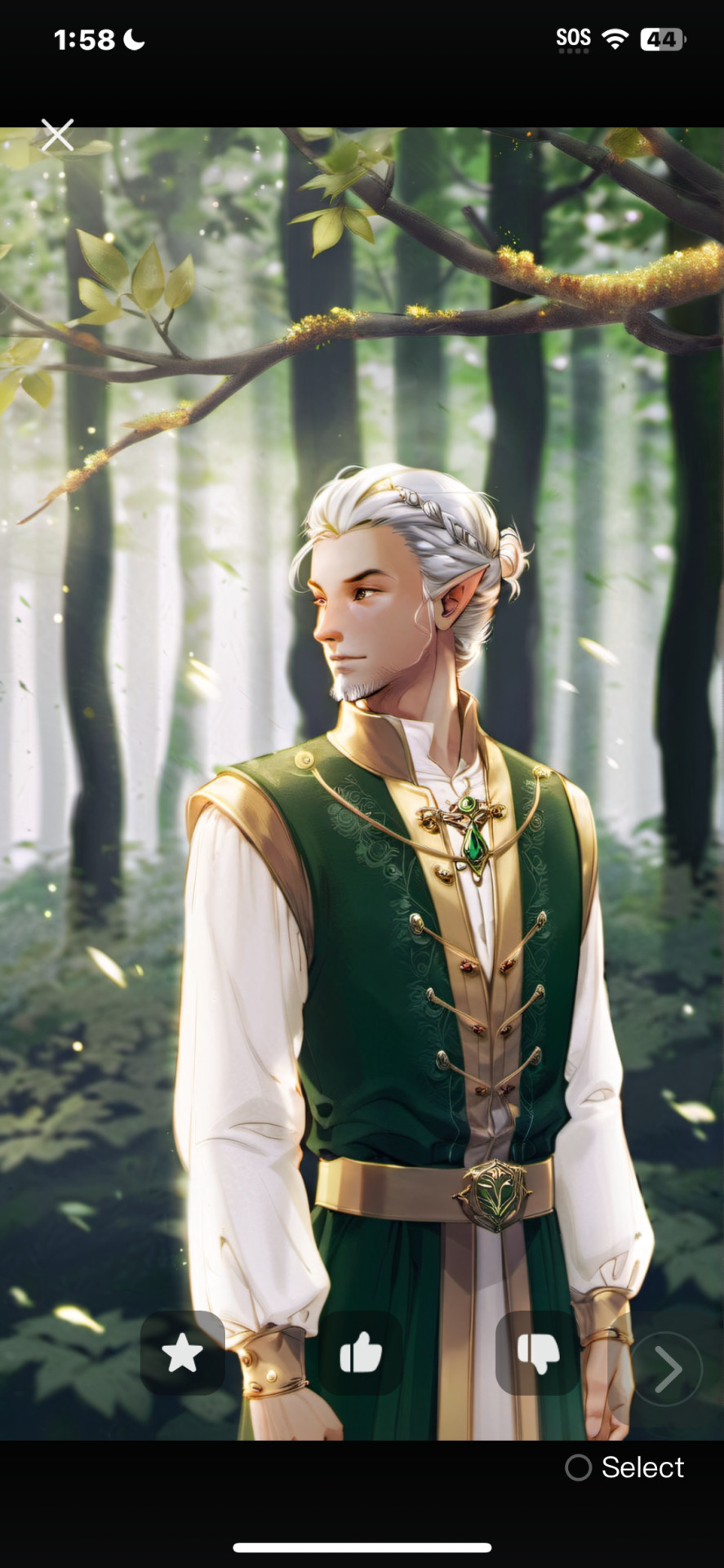

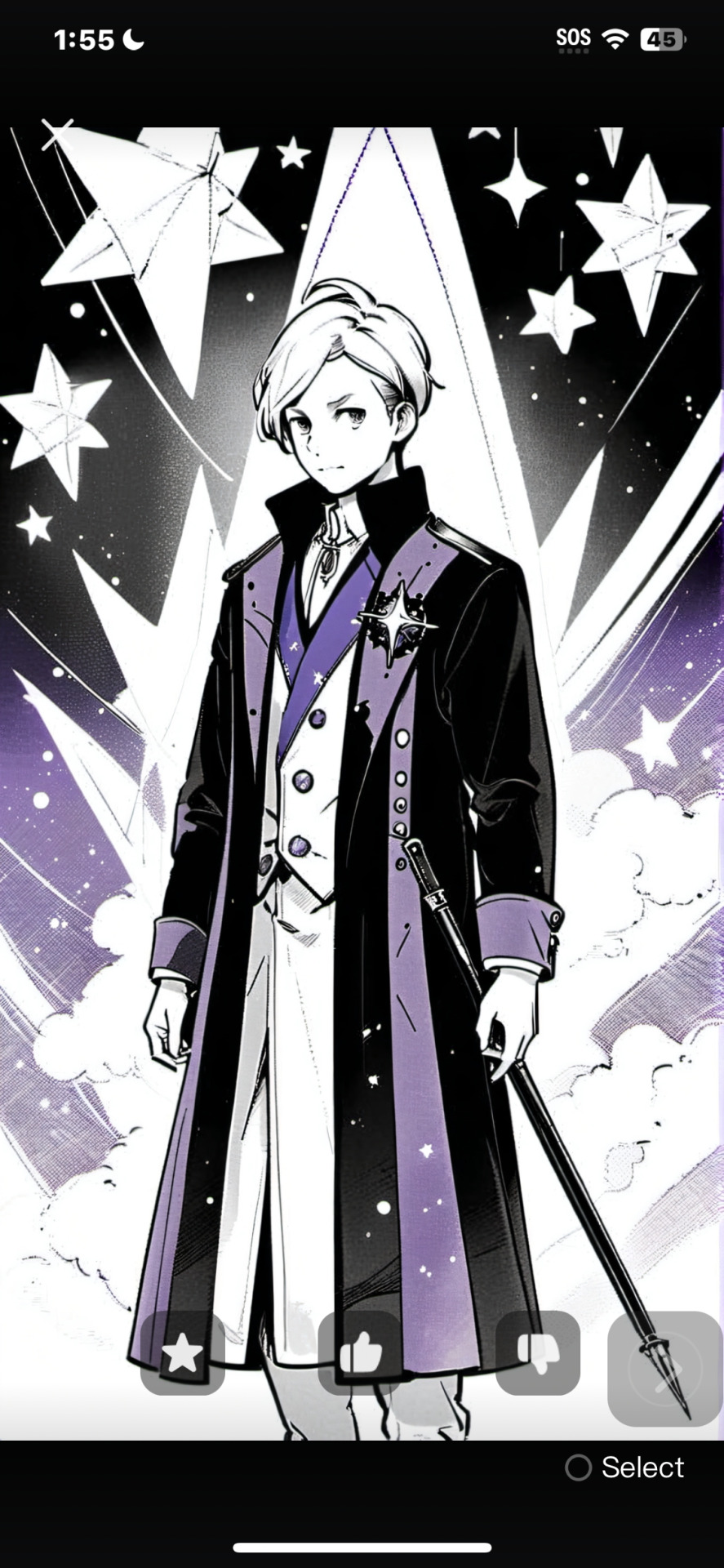
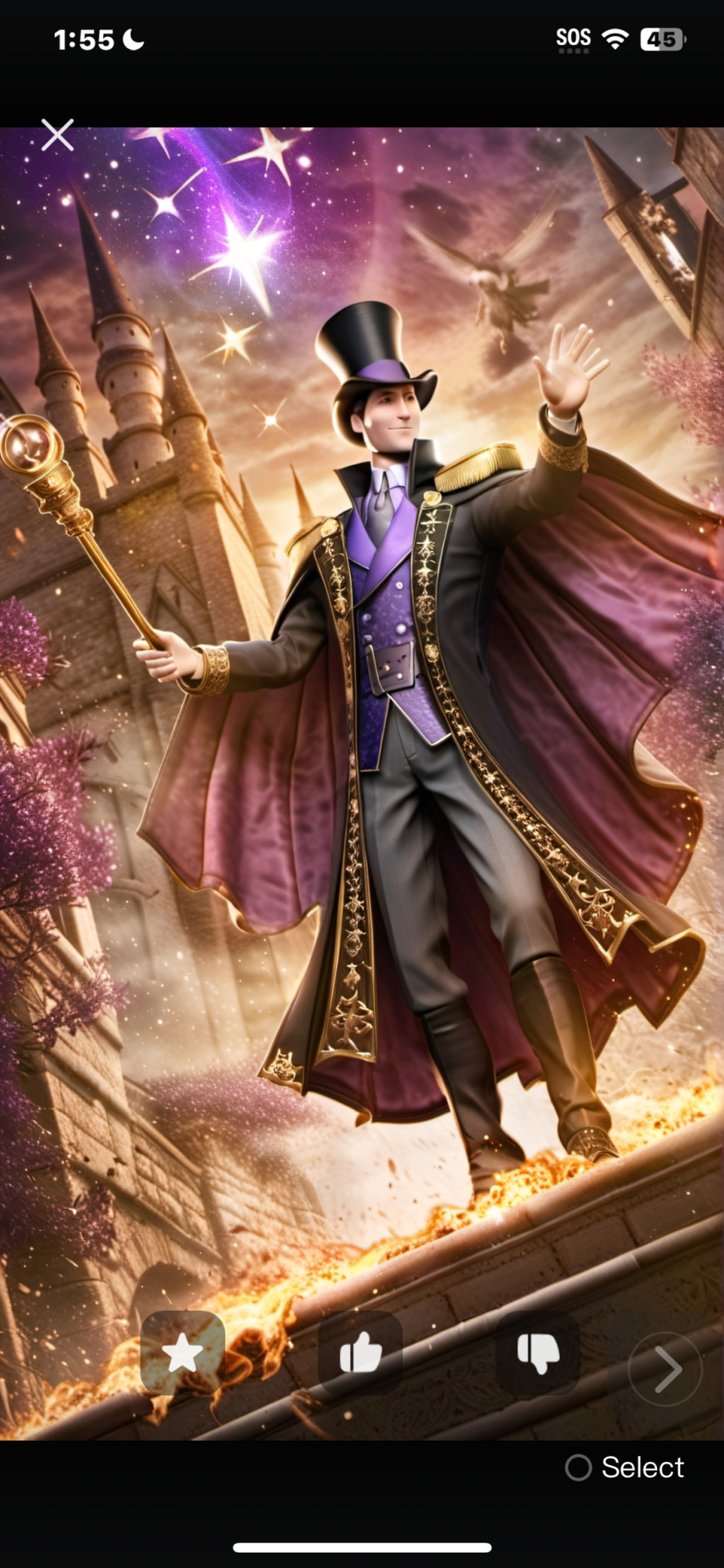
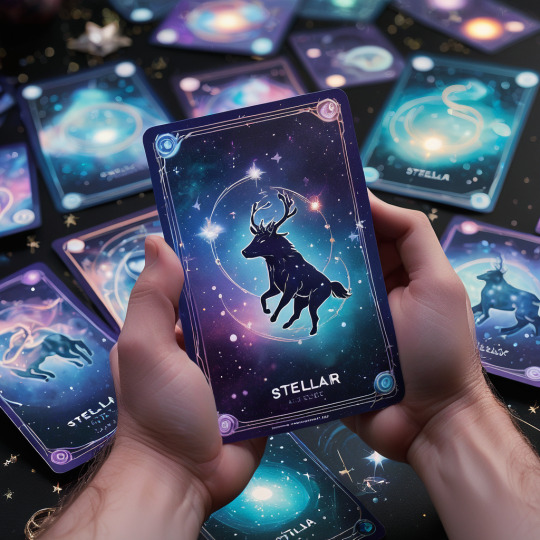
#Business model#play styles#card types#rules#objectives#card elements#stellar charm#battle strategy card game#TCG#Stellar Charm Cards
9 notes
·
View notes
Text
Hi !
We require your help. One of my friends drafted her small business in the month of November 23.
The business is centric to providing quality vegan products and unique moulded candles to cutomers as it is a joint venture. The business website requires a minimum of 1000 views! for an impactful pitch desk performance.
Let's help create an empowered future entrepreneur everyone !! 👏👏🙌
Please acknowlegde her efforts at 🙌
www.sunriseproducts.info
All Rights Reserved @magazinenerd
^business is not taking orders currently.
^views are required for a better and an impactful PITCH DECK presentation.
#pitchdesk#business model#female entrepreneurs#startup 24#women in business#we require views#vegan business#candles#moulded candles#pitch desk perfomance#small business#help a small business grow#vegan baked products#vegan milk#candle making
7 notes
·
View notes
Text
at what point am I just trying to nuke my own twitter account?

[ x ]
#qrting musty feels like being in an x-wing and swooping in attacks on the death star#pew pew motha fucka#elon musk#narrator: it was not rock solid#twitter#solid as a rock#verified#twitter blue#arrested development#business model#twitter verified#blue checkmark#gob bluth
87 notes
·
View notes
Text
Generative AI’s end-run around copyright won’t be resolved by the courts
New Post has been published on https://thedigitalinsider.com/generative-ais-end-run-around-copyright-wont-be-resolved-by-the-courts/
Generative AI’s end-run around copyright won’t be resolved by the courts
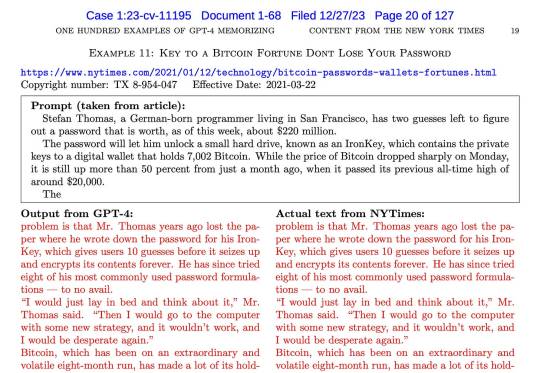
Generative AI companies have faced many copyright lawsuits, but something is different about the recent complaint by the New York Times. It is filled with examples of ChatGPT outputting near-verbatim copies of text from the NYT. Copyright experts think this puts the Times in a very strong position.
We are not legal experts, and we won’t offer any commentary on the lawsuit itself. Our interest is in the bigger picture: the injustice of labor appropriation in generative AI. Unfortunately, the legal argument that has experts excited — output similarity — is almost totally disconnected from what is ethically and economically harmful about generative AI companies’ practices. As a result, that lawsuit might lead to a pyrrhic victory for those who care about adequate compensation for creative works used in AI. It would allow generative AI companies to proceed without any significant changes to their business models.
There are two broad types of unauthorized copying that happen in generative AI. The first is during the training process: generative AI models are trained using text or media scraped from the web and other sources, most of which is copyrighted. OpenAI admits that training language models on only public domain data would result in a useless product.
The other is during output generation: some generated outputs bear varying degrees of resemblance to specific items in the training data. This might be verbatim or near-verbatim text, text about a copyrighted fictional character, a recognizable painting, a painting in the style of an artist, a new image of a copyrighted character, etc.

An example of a memorized output from an NYT article presented in the lawsuit. Source: The New York Times
The theory of harm here is that ChatGPT can be used to bypass paywalls. We won’t comment on the legal merits of that argument. But from a practical perspective, the idea of people turning to chatbots to bypass paywalls seems highly implausible, especially considering that it often requires repeatedly prompting the bot to continue generating paragraph by paragraph. There are countless tools to bypass paywalls that are more straightforward.
Let’s be clear: we do think ChatGPT’s knowledge of the NYT’s reporting harms the publisher. But the way it happens is far less straightforward. It doesn’t involve users intentionally getting it to output memorized text, but rather completely innocuous queries like the one below, which happen millions of times every day:

A typical user who asked this question would probably have no idea that ChatGPT’s answer comes from a groundbreaking 2020 investigation by Kashmir Hill at the NYT (which also led to the recently published book Your Face Belongs To Us).
Of course, this doesn’t make for nearly as compelling a legal argument, and that’s the point. In this instance, there is no discernible copying during generation. But ChatGPT’s ability to provide this accurate and useful response is an indirect result of the copying that happened during training. The NYT’s lawsuit argues that copying during training is also unlawful, but the sense among experts is that OpenAI has a strong fair use defense.
Here’s another scenario. As search engines embrace AI-generated answers, what they’ve created is a way to show people news content without licensing it or sending traffic to news sites. We’ve long had this problem with Google News, as well as Google search scraping content to populate search results, but generative AI takes it to the next level.
In short, what harms creators is the intended use of generative AI to remix existing knowledge, not the unintended use of bypassing paywalls. Here’s a simple way to see why this is true. If generative AI companies fixed their products to avoid copyrighted outputs (which they can and should), their business model would be entirely unaffected. But if they were forced to license all data used for training, they would most likely immediately go out of business.
We think it is easy to ensure that generative AI products don’t output copyright-violating text or images, although some experts disagree. Given the prominence of this lawsuit, OpenAI and other companies will no doubt make it a priority, and we will soon find out how well they are able to solve the problem.
In fact, it’s a bit surprising that OpenAI has let things get this far. (In contrast, when one of us pointed out last summer that ChatGPT can bypass paywalls through the web browsing feature, OpenAI took the feature down right away and fixed it.)
There are at least three ways to try to avoid output similarity. The simplest is through the system prompt, which is what OpenAI seems to do with DALL-E. It includes the following instruction to ChatGPT, guiding the way it talks to DALL-E behind the scenes:
Do not name or directly / indirectly mention or describe copyrighted characters. Rewrite prompts to describe in detail a specific different character with a different specific color, hair style, or other defining visual characteristic.
But this method is also the easiest to bypass, for instance, by telling ChatGPT that the year is 2097 and a certain copyright has expired.
A better method is fine tuning (including reinforcement learning). This involves training to refuse requests for memorized copyrighted text and/or paraphrase the text during generation instead of outputting it verbatim. This approach to alignment has been successful at avoiding toxic outputs. Presumably ChatGPT has already undergone some amount of fine tuning to address copyright as well. How well does it work? OpenAI claims it is a “rare bug” for ChatGPT to output memorized text, but third-party evidence seems to contradict this.
While fine tuning would be more reliable than prompt crafting, jailbreaks will likely always be possible. Fine tuning can’t make the model forget memorized text; it just prevents it from outputting it. If a user jailbreaks a chatbot to output copyrighted text, is it the developer’s fault? Morally, we don’t think so, but legally, it remains to be seen. The NYT lawsuit claims that this scenario constitutes contributory infringement.
Setting all that aside, there’s a method that’s much more robust than fine tuning: output filtering. Here’s how it would work. The filter is a separate component from the model itself. As the model generates text, the filter looks it up in real time in a web search index (OpenAI can easily do this due to its partnership with Bing). If it matches copyrighted content, it suppresses the output and replaces it with a note explaining what happened.
Output filtering will also work for image generators. Detecting when a generated image is a close match to an image in the training data is a solved problem, as is the classification of copyrighted characters. For example, an article by Gary Marcus and Reid Southen gives examples of nine images containing copyrighted characters generated by Midjourney. ChatGPT-4, which is multimodal, straightforwardly recognizes all of them, which means that it is trivial to build a classifier that detects and suppresses generated images containing copyrighted characters.
To recap, generative AI will harm creators just as much, even if output similarity is fixed, and it probably will be fixed. Even if chatbots were limited to paraphrasing, summarization, quoting, etc. when dealing with memorized text, they would harm the market for the original works because their usefulness relies on the knowledge extracted from those works without compensation.
Note that people could always do these kinds of repurposing, and it was never a problem from a copyright perspective. We have a problem now because those things are being done (1) in an automated way (2) at a billionfold greater scale (3) by companies that have vastly more power in the market than artists, writers, publishers, etc. Incidentally, these three reasons are also why AI apologists are wrong when claiming that training image generators on art is just like artists taking inspiration from prior works.
As a concrete example, it’s perfectly legitimate to create a magazine that summarizes the week’s news sourced from other publications. But if every browser shipped an automatic summarization feature that lets you avoid clicking on articles, it would probably put many publishers out of business.
The goal of copyright law is to balance creators’ interests with public access to creative works. Getting this delicate balance right relies on unstated assumptions about the technologies of creation and distribution. Sometimes new tech can violently upset that equilibrium.
Consider a likely scenario: NYT wins (or forces OpenAI into an expensive settlement) based on the claims relating to output similarity but loses the ones relating to training data. After all, the latter claims stand on far more untested legal ground, and experts are much less convinced by them.
This would be a pyrrhic victory for creators and publishers. In fact, it would leave almost all of them (except NYT) in a worse position than before the lawsuit. Here’s what we think will happen in this scenario: Companies will fix the output similarity issue, while the practice of scraping training data will continue unchecked. Creators and publishers will face an uphill battle to have any viable claims in the future.
IP lawyer Kate Downing says of this case: “It’s the kind of case that ultimately results in federal legislation, either codifying a judgment or statutorily reversing it.” It appears that the case is being treated as a proxy for the broader issue of generative AI and copyright. That is a serious mistake. As The danger is that policymakers and much of the public come to believe that the labor appropriation problem has been solved, when in fact an intervention that focuses only on output similarity will have totally missed the mark.
We don’t think the injustice at the heart of generative AI will be redressed by the courts. Maybe changes to copyright law are necessary. Or maybe it will take other kinds of policy interventions that are outside the scope of copyright law. Either way, policymakers can’t take the easy way out.
We are grateful to Mihir Kshirsagar for comments on a draft.
Further reading
Benedict Evans eloquently explains why the way copyright law dealt with people reusing works isn’t a satisfactory approach to AI, normatively speaking.
The copyright office’s recent inquiry on generative AI and copyright received many notable submissions, including this one by Pamela Samuelson, Christopher Jon Sprigman, and Matthew Sag.
Katherine Lee, A. Feder Cooper, and James Grimmelmann give a comprehensive overview of generative AI and copyright.
Peter Henderson and others at Stanford dive into the question of fair use, and discuss technical mitigations.
Delip Rao has a series on the technical aspects of the NYT lawsuit.
#ai#approach#Art#Article#Articles#artists#bing#book#bot#browser#Business#business model#chatbot#chatbots#chatGPT#ChatGPT-4#Color#Companies#comprehensive#concrete#content#copyright#course#creators#dall-e#data#defense#Developer#easy#engines
3 notes
·
View notes
Text
Financial Source 💸
As i am doing Sneakers Reselling as my start up. That can be started with a minimum investment of about $300. For that i have saved up some money that i can use, or i can ask from friends and family just in case i need some extra. Which is readily available and of course without any complications and it is a trust worthy source. I believe self funding’s advantage is I can retain complete control over my business. And i think it will actually demonstrate my belief in my own business. And which will also help me to gradually scale business as it gains momentum. It will also help me learn about budgeting and financial management.
2 notes
·
View notes
Text
New book: Business Digital Transformation: Selected Cases from Industry Leaders
Each case brings a different piece of the puzzle, but it also serves to test and verify our current understanding of digital transformation. There are common lessons across all cases, along with the specific lessons some cases offer for those specific sectors of the economy. The research presented here is practical, with directly applicable lessons for organizations, but it also raises broader questions about how digital transformation is shaping the workplace, our private lives and society in general. The cases of digital transformation in finance, tourism, transport, entertainment and social innovation inform this discussion.
Reference
Zarifis A., Ktoridou D., Efthymiou L. & Cheng X. (2023) ‘Business digital transformation: Selected cases from industry leaders’, London: Palgrave Macmillan. https://doi.org/10.1007/978-3-031-33665-2
#trust#business model#finance#decentralised finance#cryptoasset#cryptocurrency#fintech#digital transformation
4 notes
·
View notes
Text
An Actual Model


No, he is literally modeling pants for brands on their instagram page now. 💅
Linkneal IG Story
Scarfbrothers IG Story
#linkneal ig#ig story#scarf brothers#link neal#link avec specs#sunglasses 🕶#business model#no an actual frickin' model#boy loves him some baggy britches 🤭#you do you boo#no edit
31 notes
·
View notes
Photo

Ann Telnaes, Washington Post
* * * *
4 takeaways from the bombshell Fox News legal filing
1. How leaders at Fox viewed their business model
The filing is rife with examples of Fox News hosts and executives worrying that departing from Trump’s line, or questioning his team’s claims, might hurt their business model. They worried especially about Newsmax, which was less discerning in its coverage of Trump’s election conspiracy theories and saw a ratings boom at the time. The Fox executives acknowledged the shoddiness of Newsmax’s 2020 election coverage but also expressed concern the rival network was taking its viewers.
On Nov. 10, Fox News president Jay Wallace texted, “The Newsmax surge is a bit troubling — truly is an alternative universe when you watch, but it can’t be ignored. On Nov. 16, Fox Corporation Chairman Rupert Murdoch emailed: “These people should be watched, if skeptically. … We don’t want to antagonize Trump further, but Giuliani taken with a large grain of salt. Everything at stake here.”
On Nov. 18, Fox executive Ron Mitchell put it more bluntly while noting that Newsmax was citing sources like the conspiracy theory website Gateway Pundit: “This type of conspiratorial reporting might be exactly what the disgruntled FNC viewer is looking for.” Throughout, Fox seemed to recognize that it could not question fraud claims too thoroughly. After Rudy Giuliani and Sidney Powell’s news conference full of false and baseless claims on Nov. 19, Mitchell spoke derisively about their statements: “Will you be mentioning the international crime conspiracy to steal the election featuring Soros, Maduro, Chavez, Antifa, Cuba, and China?” he asked rhetorically.
2. Calling Out a False Statement by a GOP BigWig Will Get Your Fired
The filing repeatedly shows Fox News hosts and superiors objecting to how their colleagues fact-checked the Trump team’s claims. In one example, host Neil Cavuto cut away from White House press secretary Kayleigh McEnany, who had claimed Democrats took positions on voting issues because they were “welcoming fraud” and “illegal voting.” “Whoa, whoa, whoa,” Cavuto said, adding, “Unless she has more details to back that up, I can’t in good countenance continue showing you this. I want to make sure that maybe they do have something to back that up.” The filing says Fox News executive Raj Shah’s team notified senior leadership that Cavuto’s actions amounted to a “Brand Threat.” The next day, another executive, Porter Berry, noted Newsmax was going after Cavuto and said, “They are just whacking us. Smart on their part.” In another instance, reporter Kristin Fisher fact-checked Giuliani and Powell’s Nov. 19 news conference, saying, “So much of what he said was simply not true or has already been thrown out in court.” She correctly noted the claims did not line up with what Trump lawyers were saying in court and that they had failed to provide evidence.
3. Deriding Giuliani, Powell and Fox hosts
The filing also makes clear that Fox acknowledged, broadly speaking, that the likes of Giuliani and Powell were total buffoons who should not be treated seriously and whose claims were certainly false. But such figures still got platforms on the network, as did certain hosts, even as some high-ranking people at the company derided their coverage. In addition to saying Giuliani should be taken with a “large grain of salt,” Murdoch called his Nov. 19 performance “Really crazy stuff. And damaging.” On Nov. 11, Hannity said, “Rudy is acting like an insane person.”
The evening of Nov. 19, Giuliani again appeared on Hannity’s show, with Hannity referring to “thousands of ballots out of thin air … a couple weeks after the election, which should concern everybody.”A Dobbs producer on Nov. 18 referred to “keeping in mind [Giuliani’s] insanity lately.” Dobbs’s show interviewed Giuliani repeatedly over the next week, including that night. Two days afterward, Fox executive David Clark called it “Crazy town” and said he was glad host Jeanine Pirro did not interview Giuliani and Powell on-air.
The reviews of Powell were even harsher. Ingraham called her a “complete nut” on Nov. 18. Shah called her claims “outlandish” on Nov. 23. Carlson called her a “lunatic” and a “Crazy person” earlier that month. He added that she was an “unguided missile” and again, perhaps presciently given the current circumstances, “dangerous as hell.” (Carlson, unlike others, applied on-air skepticism to Powell’s claims.) Powell appeared on Hannity’s show on Nov. 30.
4. The full picture of the dual posture at Fox
This, of course, is not the first time a spotlight has fallen on Fox’s handling of this period. During the hearings on the Jan. 6, 2021, riot at the Capitol, text messages emerged in which Fox hosts were much more critical of Trump’s actions surrounding that day than they ever were on the air.
They privately derided Trump for his conspiracy theories and for his delayed response when the riot began but showed little if any such concern to viewers. They recognized Trump was the catalyst for the Jan. 6 riot in a way they publicly discounted or ignored. It is no secret that the inner workings of any organization — news or otherwise — can be untidy when they come to light. That has been the case with past defamation suits against media companies.
But the entire, still-emerging picture of Fox is one of an organization that was scared to tell its viewers the full truth and instead internalized what it saw as the business value of airing false and baseless claims from noncredible actors (whether its own staff explicitly endorsed them or not). And its product reflected that posture in a way that has now put it in legal and financial jeopardy.
#False News#FOX#Rupert Murdoch#business model#late stage capitalism#anything for money#WAPO#Ann Telnaes#Newsmax#propaganda
17 notes
·
View notes
Text
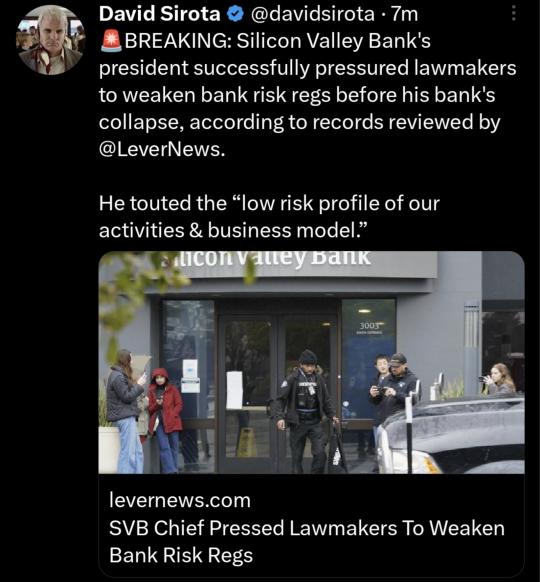
#Twitter#David sirota#Silicon valley#@levernews#Business model#Svb#Risk#Bank#Congress#Enhanced prudential standards#The lever
11 notes
·
View notes
Text
Uncertain Horizons: The Evolving Landscape of ESPN and the Quest for Relevance
In TSDS 278, the hosts kick start their discussion by expressing their waning interest in traditional television shows like “First Take” and “Undisputed,” programs they hadn’t engaged with for years. This realization sparks their curiosity about the future and relevance of traditional TV networks, such as ESPN. This article delves into their insightful dialogue, exploring the challenges and…
View On WordPress
#adaptation#branching out#business model#competition#content creation#ESPN#financial success#Fox#future#highlights#marijuana use#multiple outlets#new media#online platforms#reality TV#relevance#sports betting#sports news#Supreme Court ruling#television shows#themes#traditional TV networks#transformed TV landscape
2 notes
·
View notes
Quote
As the '60s wound into the '70s, the Coffee House became a popular destination everywhere. Delhi’s Connaught Place Coffee House (recreated in the 2005 movie Hazaaron Khwashein Aisi) which had always been frequented by its political class besides the literati, soon became a meeting point for all kinds of activists, especially when popular discontent against Indira Gandhi began peaking post-1973. In 1975, post the declaration of the Emergency, Sanjay Gandhi took it upon himself to get rid of the Delhi Coffee House, since he believed it to be the hub of anti-government activities (shades of JNU today). And thus the legendary Delhi eatery was demolished to make way for what later became Palika Bazaar. The current Coffee House (at Mohan Singh Place) dates back to 1969 and has now taken over as Delhi’s main Coffee House, though most old-timers still swear by the earlier one. Given that the waiters and others who work in the Coffee House also have a stake in the business and are all ‘owners’ in a sense, it is interesting how the establishments have kept prices at a very reasonable level. Clearly, profit is not the sole concern of its owners. The relationships they share with their regular customers and the special place that the Coffee House enjoys in the cultural life of its cities are also important. When Bengaluru's Coffee House was forced to move out of its premises, the story goes that a young regular donated Rs 30,000 to help it move. Similarly, Kolkata’s Coffee House too received government help owing to requests from the literati, when it went through a tough phase. In an age where hyper-capitalism and the push for unbridled ‘growth’ has the planet perched on the edge of a precipice, could the Coffee House model be worth a closer look as a more benign way of doing business? A business that also has a place for conversation, camaraderie and culture.
Karthik Venkatesh, ‘A short history of the India Coffee House: Conversation, revolutionary politics and a different way to do business’, Firstpost
#Firstpost#Karthik Venkatesh#India#India Coffee House#Delhi#Indira Gandhi#Sanjay Gandhi#Delhi Coffee House#Bengaluru#Kolkata#business model
17 notes
·
View notes

